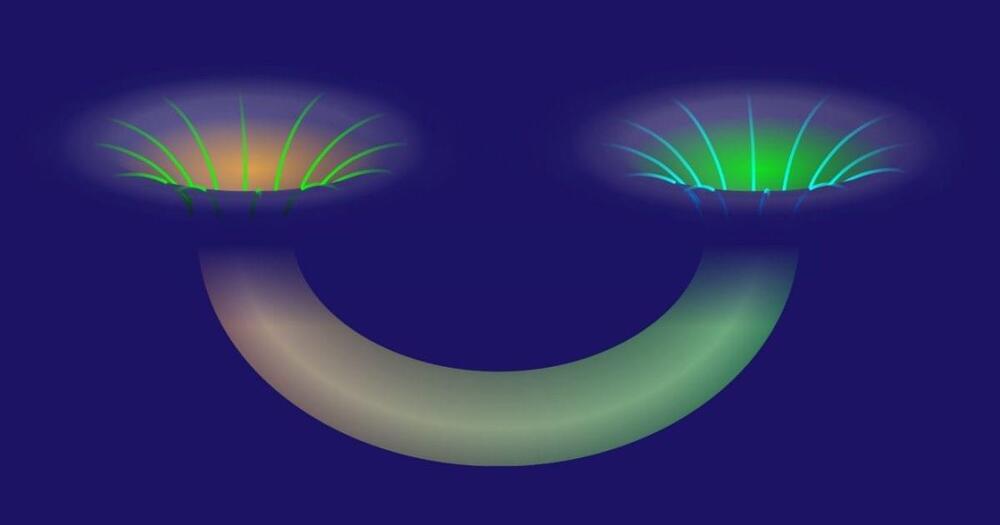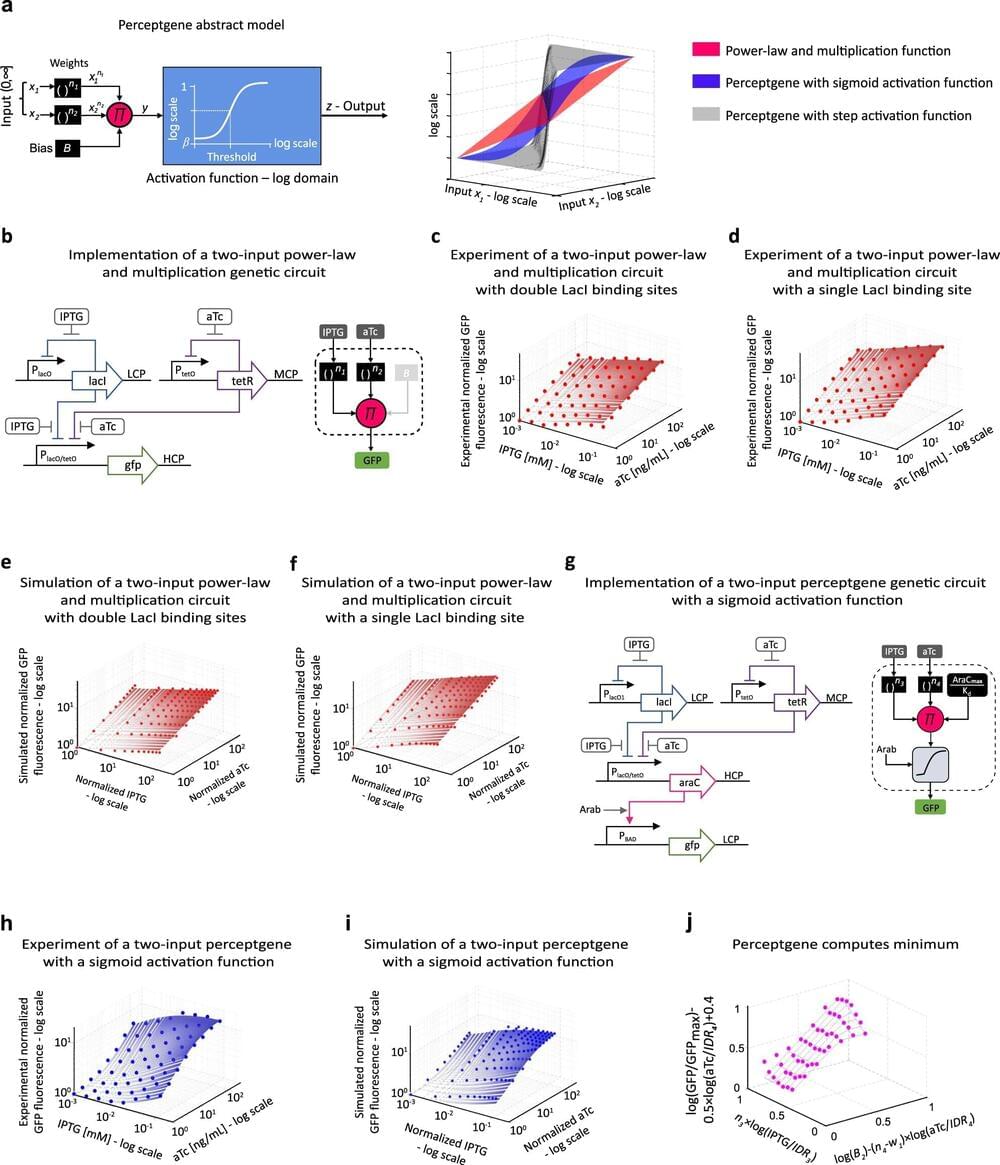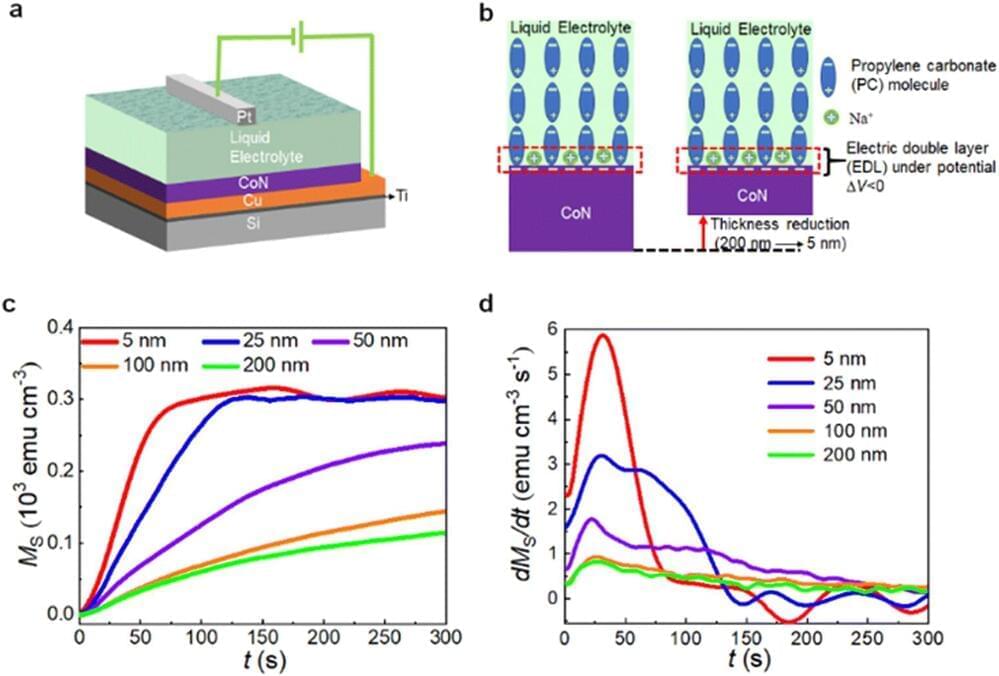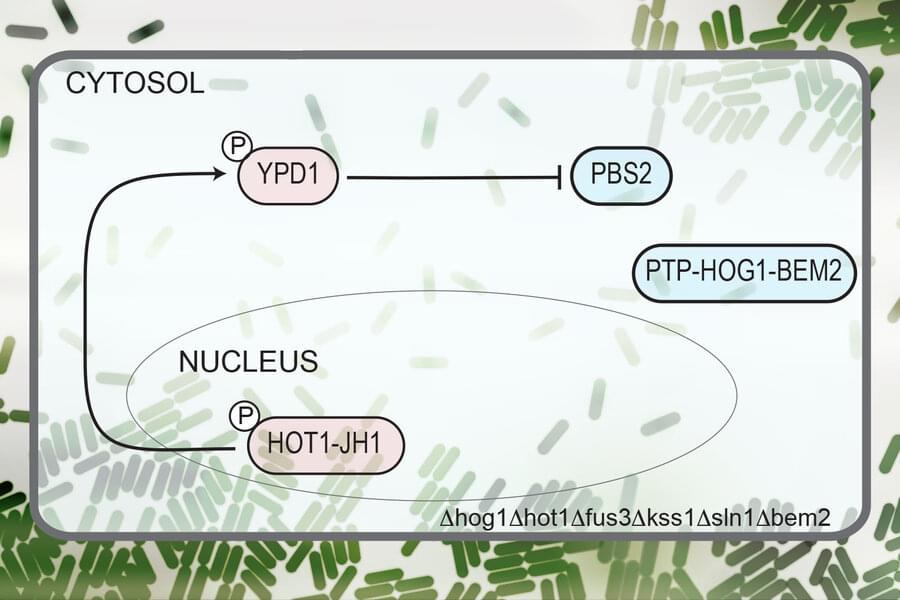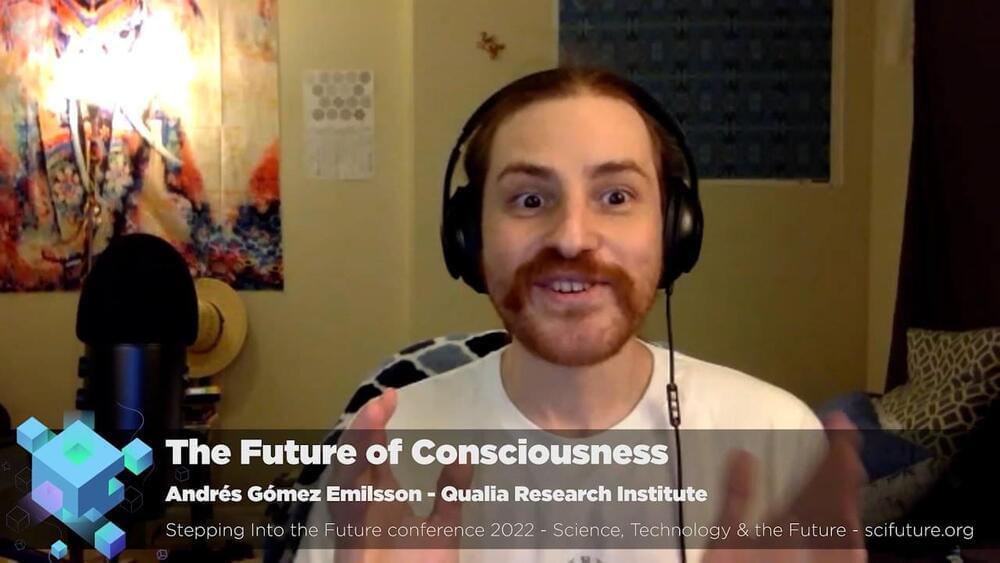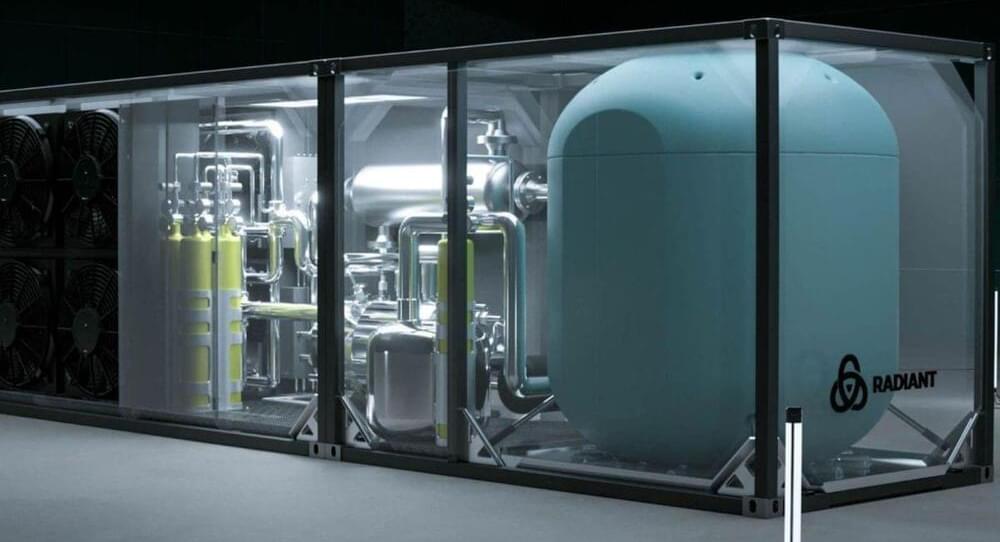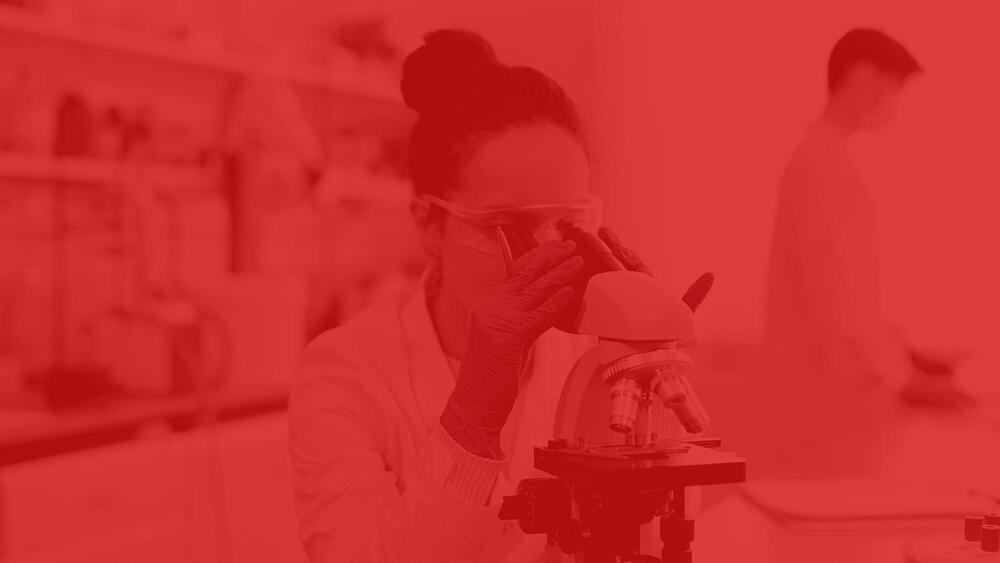Nov 15, 2022
This Comic Series Is Gorgeous. You’d Never Know AI Drew the Whole Thing
Posted by Kelvin Dafiaghor in categories: entertainment, habitats, robotics/AI
You might expect a comic book series featuring art generated entirely by artificial intelligence to be full of surreal images that have you tilting your head trying to grasp what kind of sense-shifting madness you’re looking at.
Not so with the images in The Bestiary Chronicles, a free, three-part comics series from Campfire Entertainment, a New York-based production house focused on creative storytelling.
The visuals in the trilogy — believed to be the first comics series made with AI-assisted art — are stunning. They’re also stunningly precise, as if they’ve come straight from the hand of a seasoned digital artist with a very specific story and style in mind.

